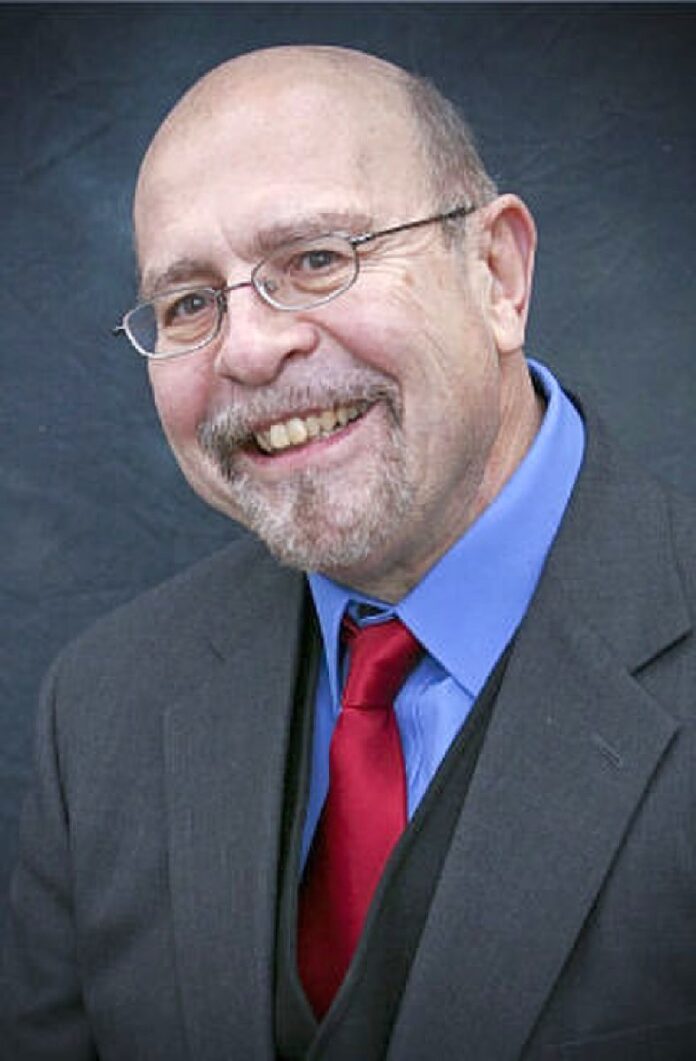Indianapolis now has removed the Confederate statue from Garfield Park. This dramatic move coincided with the “Black Lives Matter” protests condemning misplaced white supremacy. Confederate monuments elsewhere have been condemned as monumental mistakes.
“Our streets are filled with voices of anger and anguish, testament to centuries of racism directed at Black Americans,” Mayor Joe Hogsett stated before the demolition. “…Whatever original purpose this grave marker might once have had, for too long it has served as nothing more than a painful reminder of our state’s horrific embrace of the Ku Klux Klan a century ago.”
No question the monument encapsulates Indiana’s dark Klan days.
But was it the detested Klan that brought the mass-grave marker from an unsuitable location to Garfield Park?
In a word, no. My research found that the monument relocation advocate was the Southern Club of Indianapolis.
Its members were civic leaders devoted to Hoosier social issues. They all had kin from below the Mason-Dixie Line. They partook in constructive community activities, not anti-black terror.
Consider Southern Club activist and business leader Broderick Elsey (1878-1968). He served in 1931-1932 as chair of the monument committee that relocated the monument in Garfield Park.
Elsey’s Southern Club of Indianapolis work was one of his do-gooder passions. During the Twenties he also served as president of Christamore Settlement. His name graces Elsey Hall at Franklin College, where he chaired the board of directors, 1935-1960.
Another Southern Club citizen leading the lobbying to transplant the monument was David T. Praigg, a lifelong newspaper publisher and poet. He penned an epic poem about the plight of women in poor socioeconomic circumstances, as well as rousing lyrics for patriotic songs.
Another monument activist was B. Howard Caughran, a Tennessee-born lawyer and future U.S. Attorney for the Southern District of Indiana. It was Caughran who delivered the invocation at Garfield Park.
Elsey and his peers in retrospect may be on the wrong side of history. But we must not confuse them with the accursed KKK.
An inspection of the Southern Club member roll in later years reveals name after name of sterling individuals, not flaming racists.
Consider member Charles P. Vaughan (1921-2007) who worked as a business editor for the defunct Indianapolis News and Eli Lilly & Co.
A member of the Indiana Civil Liberties Union, Vaughan’s obituary states this: “One of his proudest moments as a journalist was criticizing the Indianapolis Board of Realtors until it admitted its first black members.”
Or consider Richard E. Todderud (1921-2001), a retired international businessman for a division of Eli Lilly. A graduate of Catawba College in North Carolina, he was chair of the board of directors for Public Action in Correctional Effort: Offender Aid & Restoration (PACE-OAR) of Marion County.
To be sure, it may be that Indiana’s KKK members jumped on the Confederate monument bandwagon 90 years ago to justify their misplaced values.
But the grave marker’s original purpose was to set in stone the names of Confederate non-commissioned officers who died in a notorious Union prison in Indianapolis, Camp Morton. The camp by Civil War’s end was a foul place. The Ku Klux Klan era was a despicable blot on Hoosier history. But Camp Morton also was despicable.
The average American has heard of Andersonville, another foul camp run by the losing Confederacy. The commander of Andersonville, Henry Wirz, was executed after the war. Indiana Gen. Lew Wallace presided over his trial.
Camp Morton at first was a humane camp supervised by Col. Richard Owen. A bust of Owen reposes in the Indiana Statehouse. Former POWs offered testaments of his humanity when he ruled the camp.
Owen’s successors ran a filthy, unethical operation. They deserved the same public shaming as the unlamented Wirz but never were charged with war crimes.
Five thousand prisoners once crowded the unsanitary Union prison. They drank creek water containing limestone. Dysentery was rampant.
At least 1,700 Southern soldiers perished. The names of 1,616 casualties of war were inscribed on the memorial. So yes, take down the marker as the right choice, but never forget that Indianapolis shamefully housed enemies who died of illness, neglect, starvation. Put the plaques with the names of dead into the State Museum archives.
Significantly, the names of at least 24 black males are inscribed on the Garfield Park monument. They were connected to the South, although not necessarily as soldiers.
Their lost black lives also matter.
Hank Nuwer is a journalist, author and emeritus professor at Franklin College. Send comments to [email protected].





